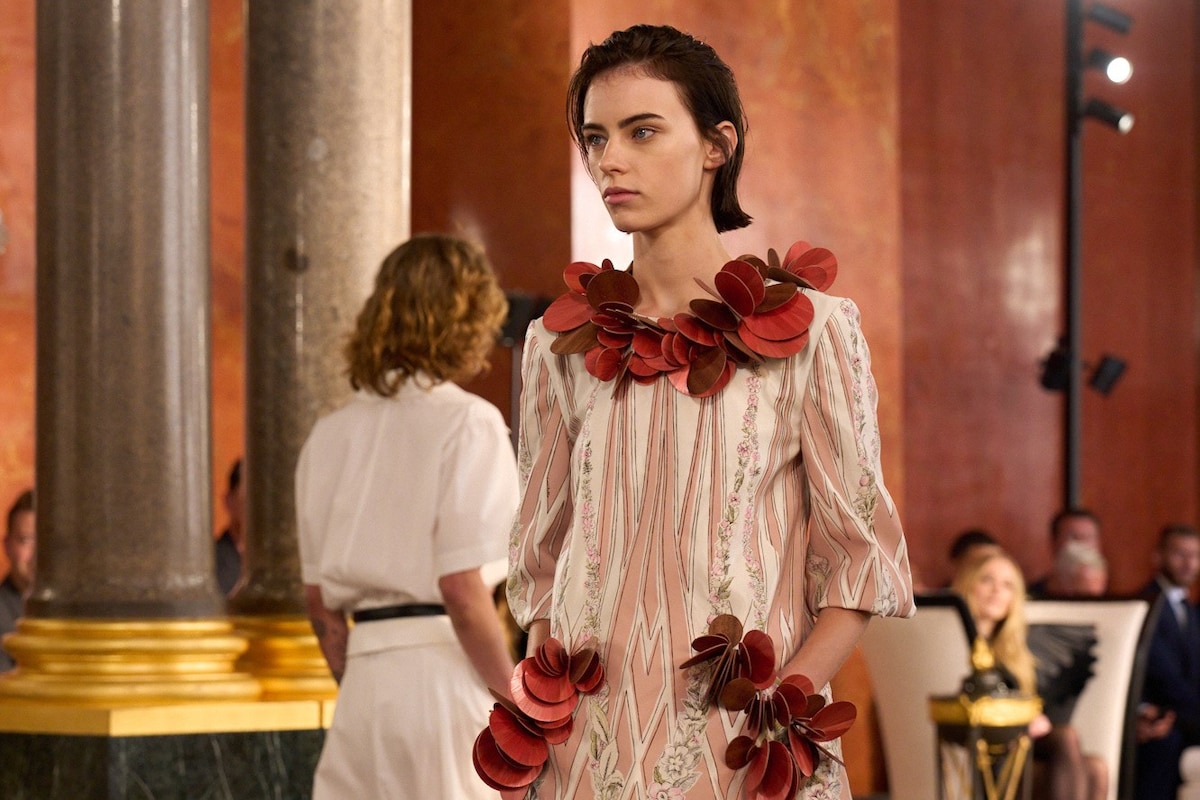
"What does intimacy mean, when you're working for the biggest luxury goods house in the world? Well, it's bigger and better than most. How about a stroll around the private summer apartments of Anne d'Autriche, Queen of Navarre and wife of Louis XIII, an annex of the Louvre with inlaid marble floors and casually strewn priceless artefacts? That was the thinking, evidently, of Nicolas Ghesquière for Louis Vuitton - a brand that served crowned heads, albeit not until the 19th century."
"So that's why Anne's apartment, rather than being mired in the annals of time was, for one exceptional event, punctuated by jaw-dropping examples of decorative arts. And high arts, too - work by Robert Wilson, 18th-century master ébéniste Georges Jacob, the Art Deco designer Michel Dufet and 19th-century ceramics by Pierre-Adrien Dalpayrat. An immersion into French taste from the 18th century to present day was how Ghesquière chose to describe it."
""In praise of intimacy as an art de vivre," was Ghesquière's opening line. The art of living is, of course, subjective: the way a queen lives is very different to you and I. And, equally, the way Ghesquière envisages everyday life - and a notion of private intimacy - isn't our everyday slobby sweatsuits. He isn't a designer interested in sportswear, frankly. Rather, it seemed to be about dressing extravagantly, elegantly, but entirely for yourself, privately, as oppose"
Nicolas Ghesquière staged a Louis Vuitton show inside the private summer apartments of Anne d'Autriche at the Louvre, featuring inlaid marble floors and casually strewn priceless artefacts. The set paired decorative arts and high arts, including work by Robert Wilson, 18th-century master ébéniste Georges Jacob, Art Deco designer Michel Dufet and 19th-century ceramics by Pierre-Adrien Dalpayrat. The presentation created an immersion in French taste from the 18th century to the present. Ghesquière framed the concept as 'in praise of intimacy as an art de vivre.' The clothing emphasized extravagant, elegant, private dressing rather than sportswear.
Read at AnOther
Unable to calculate read time
Collection
[
|
...
]